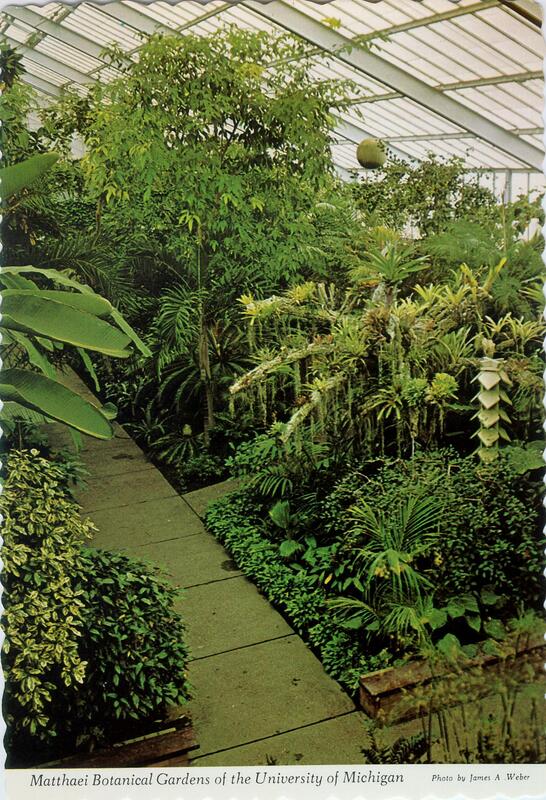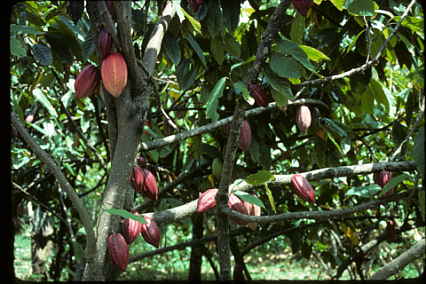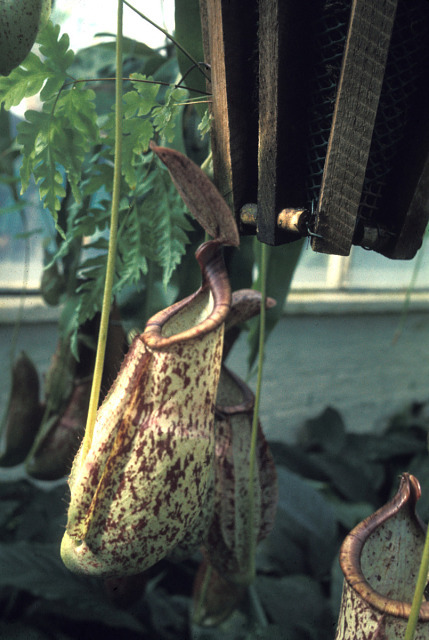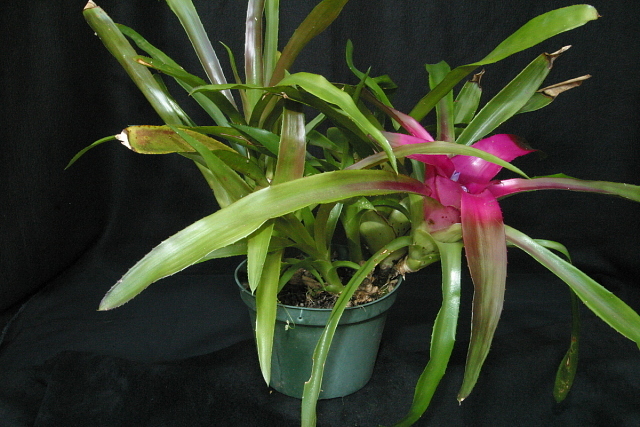Tropical House
Welcome to the Tropical House!
Tropical climates are warm, wet, and never get cold enough for frost. As a result, many types of plants thrive in this type of climate, and tropical climates are known for having a large variety of species and plant features. Some tropical plants have long flowering seasons, and may even have flowers year-round! Walking through the Tropical House, you'll find many strange-looking shapes and bright colors.
In Matthaei's Tropical House, you'll find plants that were collected over 100 years ago! The Tropical House is used to study endangered species and how different plants adapt to their environment alongside other plants. Because many types of foods eaten by people grow in tropical climates, the Tropical House is also used to study plants important to different cultures and human impact on the environment. (Source)
Click Next to enter the Temperate House.



